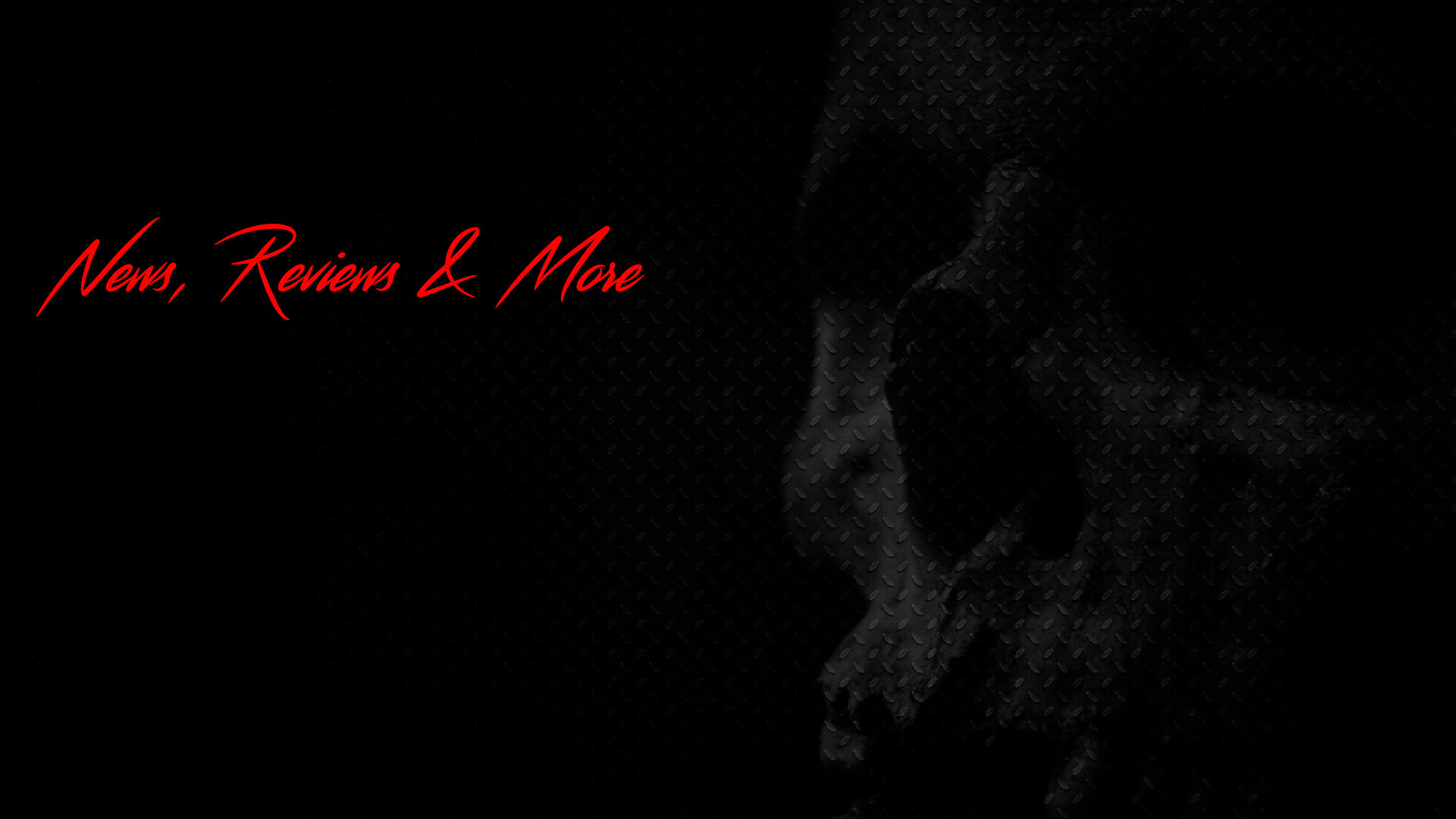3 GREAT Blu Ray & 4k HORROR Releases THAT are OUT TODAY! From Unearthed Films Media Synapse Films & Troma Entertainment on Blu Ray & 4k! Check out my reviews of each film, unboxing of each & extras of each release! Let's GO!
Viewing entries in
pieces
Keep Your EYE Out for these 2 NEW Indie Cult FILMS This WEEK! MVD shot over a couple of physical media titles for me to check out that are FINALLY coming to Physical Media. All Hallows Eve Trickster & Dick Dynamite 1944! Let's Talk about it!
Was Part 4 & 5 of Return of the Living Dead THAT Bad?! It has been YEARS since I saw them and I wanted to give them a fresh watch with an OPEN mind. Were they as bad as I remembered? Find out what I thought of Return of the Living Dead Necropolis & Rave to the Grave with 2 reviews! Minor Spoilers!
Matt Rogerson takes a look at perhaps the most accomplished horror of Black Cinema, Bill Gunn’s Cannes Critic’s Choice prize-winner from 1973.
Scrolling through horror twitter after the release of Sophia Takal’s Black Christmas (co-written by April Wolfe), it didn’t take long to find negative comments about the film. In fact, I didn’t even have to search – they came to me. In droves. Peppering my timeline (and, no doubt, the filmmakers’ timelines and inboxes) with vitriol and rage.
You probably already know what I'm going to be talking about before I even get into this, and yes, I'm talking about killing the animal. It's a trope in countless horror movies and for the most part, it never even serves a purpose. I'm sure initially this whole trope was started simply for shock factor, but it's gotten to a point where it's no longer even shocking, hell, we expect it to happen.
If you are in the mood for boobs, monsters, and juvenile comedy, Dustin Mills’ latest film delivers heftily in all three. Slaughterhouse Slumber Party centers around eight long-time friends who gather each year for a slumber party complete with drinking, nudity, pillow fights, and cheesy b-horror films.
Is Horror in the Halloween season visited too much and forgotten the rest of the year? Do you have to be an ultra fan of the horror community in order to share it with others. Rebecca shares he experience that may have changed her mind on the matter.
“No new horror can be more terrible than the daily torture of the commonplace,” taken from the Necronomicon. This is what sets the scene for the title sequence of the not as mainstream film, Martin (1977) directed by George A. Romero
Rape Revenge films seem to be a touchy subject now a days, but some horror fans feel they may not be what you think they are. That includes our newest writer Rebecca Rinehart. Hear her out and let us know what you think.
Hey, Beyond The Voiders! Here before you is the first segment of a new series I'll be doing on Top-Notch franchises that were stopped after 3 films, forming a trilogy or, SHOULD HAVE been stopped after 3 films, making the story a trilogy. The first franchise to lie down on my operating table is none other than...
The 4th and Final Cronenberg piece by Matt Rogerson. Find out another new perspective to look at Cronenberg.
While the name Cronenberg usually brings to mind Body Horror and Canuxploitation, the director has had three very definite periods in his career, and his output varied quite substantially from one to the next. While his early period (1969 – 1983) was primarily concerned with self-penned, low-budget, visceral horror and science fiction nightmares (with the exception of 1979’s Fast Company), the Canadian would soon move into a very different arena for the second phase of his directorial career.
Along with themes of bodily transformation and sexuality, biological infection is perhaps the most recurring motif in Cronenberg’s cinema. From the director’s early features, Shivers (1975, original title Orgy of the
When talk turns to the career of David Cronenberg, it turns almost immediately to body horror. The Canadian director, whose career has been so long and varied that it has involved a number of original scripts and several literary adaptations..
Every Thursday in June (and the first Thurs of July) , Matt Rogerson will be taking an in-depth look at the long, body-horror-soaked career of Canadian Auteur and Cult Provocateur, the man the Village Voice called him "the most audacious and challenging narrative director in the English-speaking world": David Cronenberg.
Stanley Lieber or better known to his fans around the world as Stan Lee, the man who brought us the likes of the X-Men, The Invincible Iron Man, The Incredible Hulk, Thor the God of Thunder, Fantastic Four, Black Panther and of course Spider-Man. This is our tribute.
Welcome back to another edition of Horror History and today we are going to be taking a look at the latter half of the first decade of the 1900’s to see what filmmakers at the time had to offer the genre that we all know (and love) today as horror.
Welcome back to another rousing edition of Horror History and this week we are covering part one of the first decade in the 1900’s.
If you’re anything like me, you’re curious about the long history in which horror has come from and have dabbled through older films and literature but still aren’t able to get the full picture from it. This exact thought has led me to the decision of going right back to the advent of horror films and moving my way towards the future of the industry.



















![[HISTORY OF HORROR] of the 1900's | Part 2](https://images.squarespace-cdn.com/content/v1/58c1d10217bffc0ccdaf728d/1541018499017-W5RWM3AUFMLFMUWF1WKD/HOHpt3.jpg)
![[HISTORY OF HORROR] Of THE 1900'S | BY KYLE LAUGH](https://images.squarespace-cdn.com/content/v1/58c1d10217bffc0ccdaf728d/1540408070131-L9VNCP7YEUFWOWFRCU11/HOHpt2.jpg)
![[History Of Horror] From the 1890's | by Kyle Laugh](https://images.squarespace-cdn.com/content/v1/58c1d10217bffc0ccdaf728d/1539810585295-G45QV1TIHZTHPI2EV3QE/1Best-New-Cover.jpg)